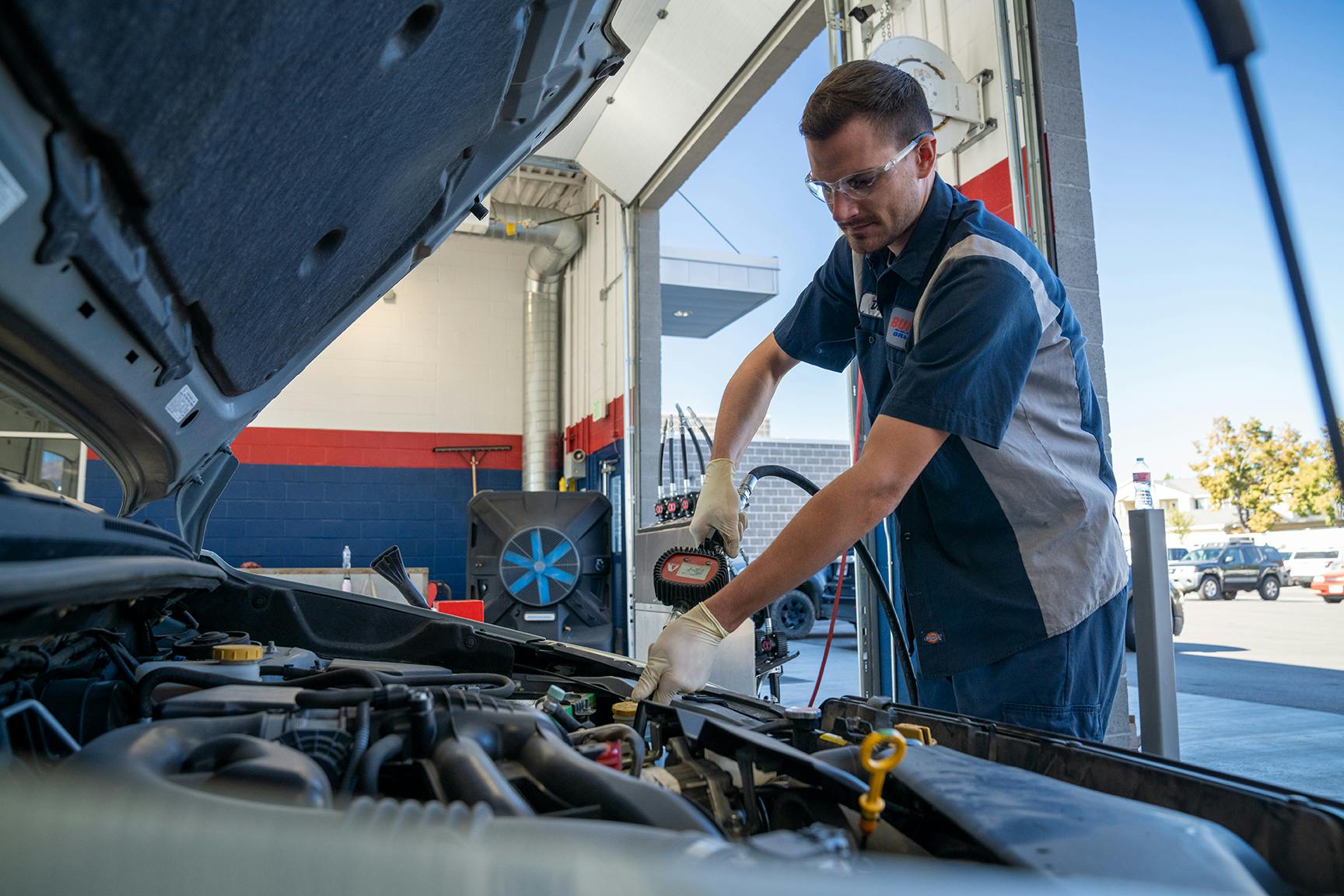Proper tire pressure is vital for driving safety. Properly inflated tires allow for the best adhesion and control. They help ensure adequate stopping distance and lessen the chance of hydroplaning in wet weather. You should check your tire pressure regularly to be sure that your air levels are safe.

(Pixabay / Pexels)
Tires are designed and constructed for specific PSI levels (pounds per square inch). Both overinflation and underinflation will be detrimental to tire longevity and performance. Overinflation will put too much pressure on the center tread while underinflation will result in the tires rolling excessively on the sidewalls. Both will cause uneven tread wear and loss of traction and could shorten the life of the tires.
In addition to tire pressure, temperature also affects the performance and integrity of tires. All-season tires work well in warmer temperature but will not drive as well when the temperature is below the freezing point. When the temperature dips below zero, all-season tires will not be able to provide the same kind of traction that they impart during summer. They will become hard and lose pliability.
Winter tires or snow tires are designed for safe driving and better control in the snow, rain and ice. They are made of a soft rubber compound that remains flexible even when temperatures are very low. They are able to conform better to the road for optimal handling.
The tire pressure of winter tires should be monitored regularly as it is directly affected by drastic temperature swings that are common in fall and winter. Don’t panic if your pressure dips in cold weather. It may not necessarily indicate a link. Temperature changes can result in loss of tire pressure when the air inside the tires expands and contracts. This will trigger the tire pressure icon on your dashboard. For every 10-degree drop in temperature, your tire loses 1 PSI. If the temperature drop is significant, air pressure could plunge, resulting in underinflated tires in the morning. This situation usually occurs when the daytime temperature is between 70 and 80 degrees and the night temperature drops to 30 or 40 degrees.
If you are concerned about your tire pressure, take your car in for an inspection at your nearest Utah auto repair shop.

